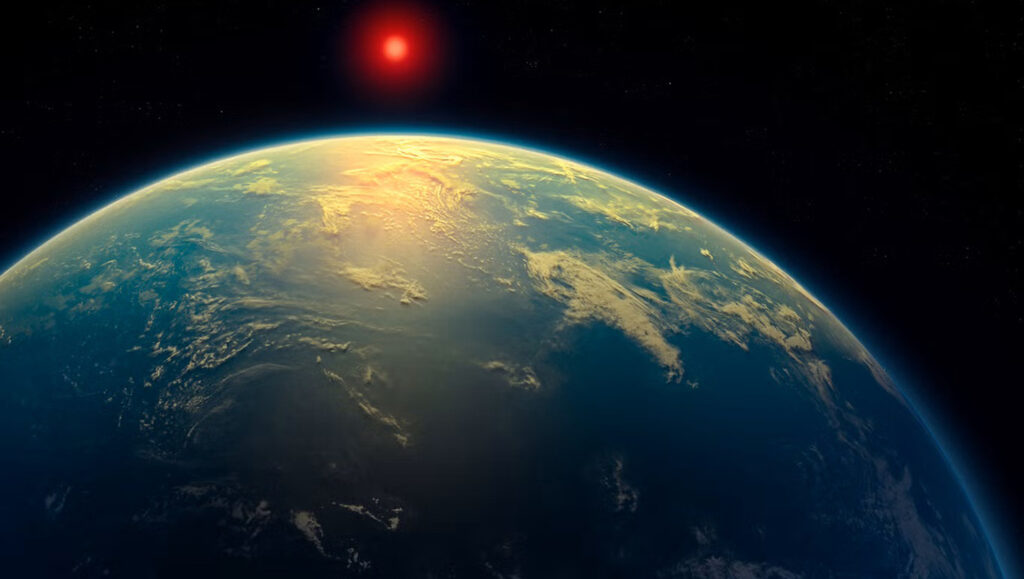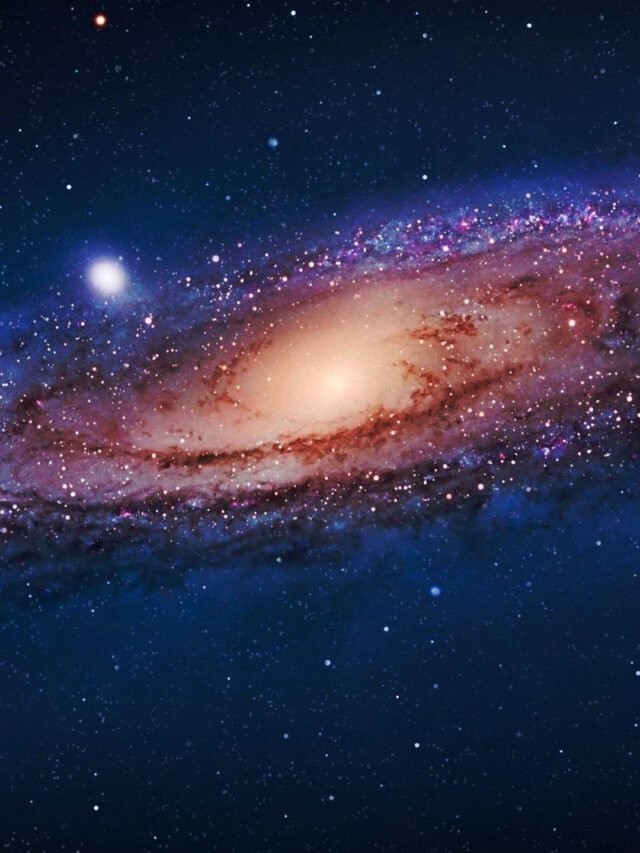
Introduction: A Potential Breakthrough in Astrobiology
In a ground-breaking development, scientists have detected chemical compounds in the atmosphere of the exoplanet K2-18b that could indicate the presence of biological activity beyond our solar system. Located 124 light-years away in the constellation Leo, K2-18b is a sub-Neptune-sized planet situated within the habitable zone of its red dwarf star, where conditions may allow for liquid water to exist. This discovery, made possible by the James Webb Space Telescope (JWST), represents one of the most compelling pieces of evidence to date in the search for extra-terrestrial life.
The Discovery: Dimethyl Sulfide and Dimethyl Disulfide
Using JWST’s Mid-Infrared Instrument (MIRI), astronomers from the University of Cambridge identified the presence of dimethyl sulfide (DMS) and dimethyl disulfide (DMDS) in K2-18b’s atmosphere. On Earth, these compounds are predominantly produced by marine microorganisms, such as phytoplankton, through biological processes. The detection of these molecules in the exoplanet’s atmosphere suggests the possibility of similar biological activity occurring elsewhere in the universe. However, scientists caution that non-biological processes could also account for the presence of these compounds, and further observations are necessary to confirm their origin.
K2-18b: A Hycean World with Potential for Life
K2-18b is classified as a “Hycean” world – a category of exoplanets characterized by ocean-covered surfaces and hydrogen-rich atmospheres. With a mass approximately 8.6 times that of Earth and a radius about 2.6 times larger, K2-18b is considered a sub-Neptune planet. Its location within the habitable zone of its star, combined with the detection of methane and carbon dioxide in its atmosphere, strengthens the hypothesis that the planet may harbour liquid water beneath its hydrogen-rich atmosphere. These conditions are thought to be conducive to life as we understand it.
Significance of the Findings
The identification of DMS and DMDS in K2-18b’s atmosphere is significant because, on Earth, these compounds are almost exclusively produced by biological processes. Their presence in an exoplanet’s atmosphere raises intriguing questions about the potential for life beyond our planet. While the evidence is not yet definitive, the findings represent a promising step forward in the field of astrobiology.
Challenges and Future Research
Despite the promising nature of these findings, several challenges remain. The vast distance between Earth and K2-18b, approximately 124 light-years – presents significant observational difficulties. Additionally, the detection of DMS and DMDS at the levels observed requires confirmation through additional observations and analysis. Scientists plan to conduct further studies using JWST to verify these results and to explore the atmospheric composition of K2-18b in greater detail.
Implications for the Search for Extra-terrestrial Life
The potential discovery of biological compounds in the atmosphere of an exoplanet has profound implications for the search for extra-terrestrial life. It suggests that life may not be unique to Earth and could exist under a variety of conditions on other planets. This discovery encourages scientists to broaden their search criteria and to consider a wider range of environments when looking for signs of life beyond our solar system.
Conclusion: A Step Toward Understanding Our Place in the Universe
The detection of DMS and DMDS in the atmosphere of K2-18b marks a significant milestone in the quest to understand whether we are alone in the universe. While further research is needed to confirm these findings, the study opens new avenues for exploring the potential for life on exoplanets. As technology advances and our observational capabilities improve, the possibility of discovering extra-terrestrial life becomes increasingly plausible, bringing us closer to answering one of humanity’s most profound questions.




































Leave a Reply